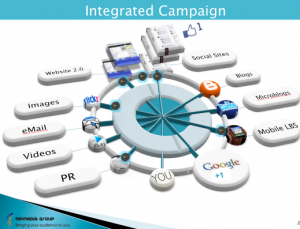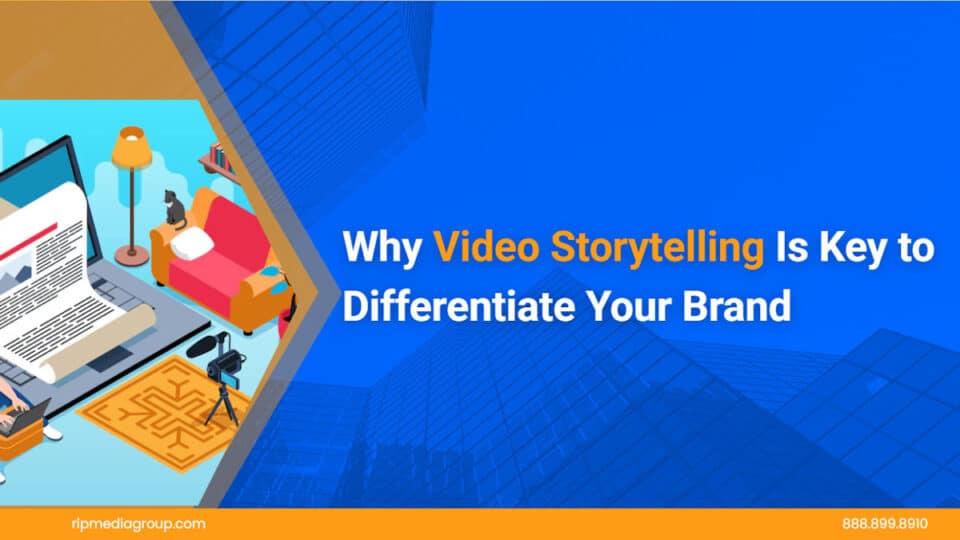A year ago I realized social networks have similar growth pattern to Moore’s Law and Metcalfe’s Law. I was so excited by it that I bought the URL and added the comment to my lectures…Metcalfe’s Law…What does that mean? Freddy, our new Creative Director did a nice job of summing up what it is all about. It is not trivial…
Robert Metcalfe, who co-invented Ethernet, stated that the value of a network is proportional to its number of users. read Metcalfe’s wry post here.) Metcalfe’s Law was originally created to describe the “network effect” of telecommunications. The classic example is a telephone: If there’s only one phone in the world, it’s useful only as a paperweight.
We are applying Metcalfe’s Law to social media. If you have a social network with only one member, it’s about as useful as non-alcoholic beer. With millions of members, you attract more users, investors and salivating word-of-mouth gurus.
Of course, it also works in reverse: if your social network begins to lose members, then its value in the eyes of the remaining users declines, and they in turn think of leaving. (Time to punch it up – add some interesting content!)
So you see the dilemma here: If the value of a social network depends on its number of people, how do you get those people in the first place? Some tips…
1. Man Up: It amazes me how many people and corporations start a social network (page, group, etc.) but don’t use it themselves. What does that tell visitors?
I once checked out a just-launched virtual sports bar that had some great animations but was completely deserted. At the least, I expected a staff of fun, engaging sports junkies to keep the conversation going. But it was about as well attended as the hot dog booth at a vegan conference. Naturally, the entire venture eventually failed.
On a micro level, I’m stunned by corporate Facebook pages and LinkedIn groups that are barely managed or even abandoned. These social networks rarely manage themselves (at least, not in the way you’d want them to). So if you start something social, have your employees — or at least some hired guns — get it going and keep it going.
2. Target Groups: It’s too much effort targeting potential users one at a time. It’s also very expensive trying to target everyone in the world. So to get your party started, target some relevant groups (a company, a club, a college). Remember that Facebook started with Harvard College only, which provided a pretty solid base before the network went global. The more social-media savvy your target group, of course, the better.
3. Target Influencers: Nightclub promoters have long known that the key to drawing an enthusiastic crowd is to pay celebrities to show up. Today, if you read the trending topics on Twitter, you’ll notice that they’re increasingly focused on pop culture. That’s because the various actors and athletes on Twitter have drawn in their fans, who are far different from the techie/marketing types who first populated the network.
So while targeting users one at a time is inefficient, you should identify those individuals who command a desirable fanbase, then entice those individuals to join you. Consider all the YouTube wannabes that are struggling, while www.FunnyorDie.com continues to grow because of the participation of co-founder Will Ferrell and his Hollywood friends.
4. Give it a Wow Factor: What makes your social medium so exciting — not “interesting,” but outright capable of eliciting heart-palpitations and momentary breathlessness? What’s that? You’re offering deals of up to 50% off on some products and services? Really?
C’mon, who isn’t?
At this point, NOT offering a deal on your website is remarkable. So you need to offer an unbelievable deal on a product that everyone craves (not just needs, like toothpaste, but desires, such as an iPad made out of chocolate).
Whether its deals or videos or posts by former late-night talkshow hosts, you need content that generates headlines. Or at least a few tweets.
5. Make It Easy: If you are invited to join a CEO social networking site, and are offered a discount on the membership fee, would you accept? The thought of having to build yet another profile page where you would have to once again invite friends, post updates, and more… Are these CEO’s already on LinkedIn? … So if you want to launch a new social network for profit, consider starting a free LinkedIn group then charging for your live events.
6. Advertise It: This is bound to give the Word-of-Mouth Marketing Association conniptions. But here’s the cold hard reality: in a frenetically competitive world, with thousands of media options, endless distractions, and extensive “rather do” lists (as in, “I’m supposed to do the dishes, but I’d rather organize my iTunes collection”), you can’t just sit quietly and hope people will notice you. Or care. Rather, you need to stand up and stand out: proclaim your existence along with strong reasons why anyone should care that you exist. And that doesn’t mean blogging about it.
Don’t just push — shove.
But what about all that hype about word-of-mouth rendering advertising obsolete? Those are just the rantings of people who want to appear too hip for business as usual. Trusting in word-of-mouth alone to promote your business is like relying on gossip alone to score a job or a spouse.
Yes, there are anecdotal examples of social ventures that grew organically like some online field of dreams— “we just built it and they came.” I’m sure you can also find examples of people who received job offers without ever sending out a resume. But most people and most corporations need to invest time, effort and money into making something happen, not just lip service.
You can have thousands of members, but if they rarely post or — worse — post spam, the network is worthless. So Metcalfe’s Law goes beyond just initial compliance. Like any good law, it requires continuous enforcement.







